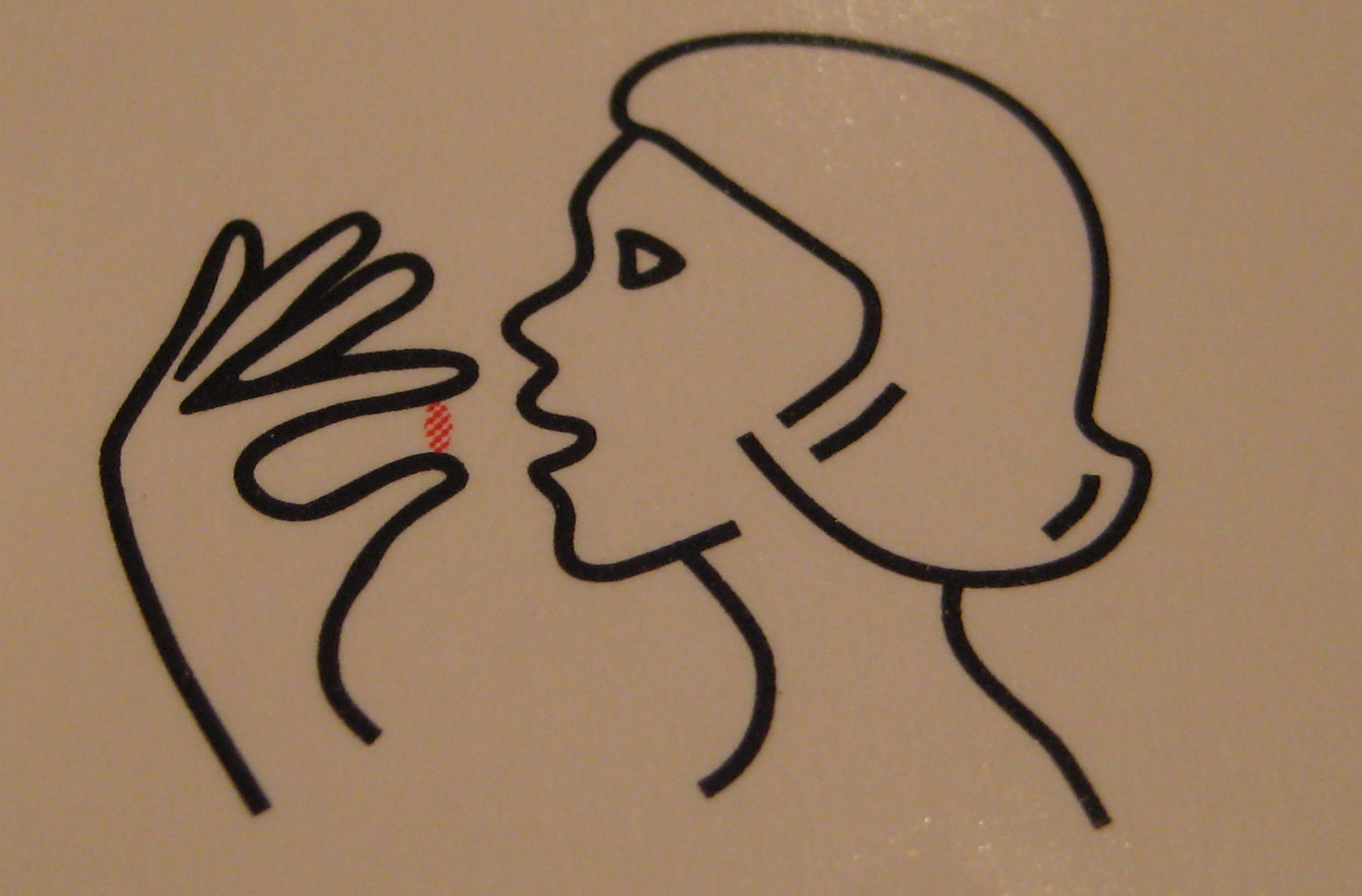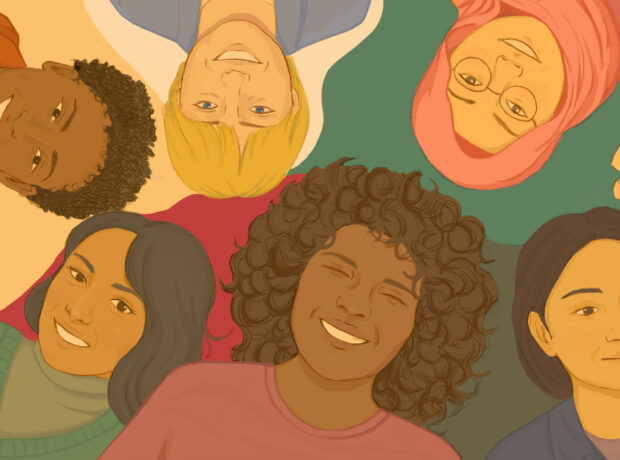The Shock of the Fall is not a novel about schizophrenia or the failings of mental health services. It is about a young man called Matthew Homes, and his family.
Matthew is nineteen and lives in Bristol. He’s a talented artist and writer. He is a loyal friend, and a caring grandson, son and brother. He is kind, funny, perceptive and brave. He suffers from schizophrenia, and he’s pissed off with the care he receives.
That’s a whole different thing.
Ten years ago I was near to the end of my training as a mental health nurse when the beginnings of a story came to me. Though even that seems to overstate it. What came to me were a few opening lines (long since discarded) and a sense of the person who might have uttered them.
I tell this story – the story behind the story – quite often. I am invited to give various talks and presentations. I talk about walking home from a late shift, during my final clinical placement on an acute psychiatric ward; the same ward that features in the novel. Crazy Crazy NutsNuts Ward, Matthew calls it. Clifton Ward, we called it. The patients were extremely poorly; the staff overworked. I had turned down a lift despite a steady drizzle of rain because I wanted to clear my head. I’ve never been all that great at leaving the troubles of a ward behind me, and found it especially difficult when I was still new to it all, when everything felt so raw. Before years at the sharp end thickened my skin, leaving me at least partially inured to the baseline levels of sadness that permeate such places.
Through the back car park, down the narrow lane, careful of the dog shit. I was past the prefabs and rounding the skate park when Matthew appeared, walking along beside me. Even with his shoulders hunched forwards and his head down, I could see him well enough.
Matthew Homes: Matthew because this was the name my parents nearly gave me, before a last second swerve to Nathan, and Homes because I was reading a book by the author A.M. Homes at the time. It was a quick decision, but I’ve reflected upon it often – about giving him my name, my nearly-name, my alternative self. I think that so often when writing fiction, we must come back to our primary resource. What would I do if that happened, how would I feel? It’s an exercise in empathy. Writing and nursing aren’t so different.
Mental health is such a fragile thing, and – comparatively, at least – mine is robust. Matt would always be having a harder time than me. My task was to be sensitive towards him, to prioritise his priorities – and to be kind.
I am often asked how aligned our thoughts are, particularly around criticisms of the mental health system. I tend to think Matthew is surprisingly tolerant. Certainly he is understanding towards the doctors and nurses who treat him, even when this treatment is against his will and delivered poorly. He seeks to find the good in them – and, indeed, they are good people. Flawed, but ultimately trying their best in difficult circumstances.
I wanted to avoid writing a novel where the mental health staff were the villains, or the system corrupt. That’s an over-simplification, and not one that Matthew would make. But I do wonder if in his shoes, or in the yellow foam slippers he’s forced to wear in the Section 136 cell, whether I could be quite so magnanimous.
I think mostly where he is critical, I do share his criticisms. And – of course – I had to think them up for him in the first place. But there was a strange symbiosis to this process; in attempting to imagine the mental health system through his eyes, I began to see certain things differently. An example is the branded merchandise from drug companies that can be found in psychiatric hospitals up and down the country. This had become largely invisible to me, until I wrote it from Matthew’s perspective:
The last time I went in the nurses’ office,” he says, “I counted three mugs, a mouse mat, a bunch of pens, two post-it note booklets and the wall clock – all sporting the brands of different medicines. It’s like being in prison and having to look at adverts for fucking locks.”
By the time I got to writing that bit I was working from memory. Four years of frontline acute nursing were behind me, and I had handed in my alarm fob and drug trolley keys for a quieter life in research. I recently heard from an ex-colleague, still on the wards, who told me she had read my novel and on her very next shift removed an anti-psychotic branded wall clock from the office. I reckon that counts as a victory.
There was a similar interplay with my research work. A lot of my days were spent collecting data from poorly people, using a variety of rating scales. I wrote a chapter in the novel called Is This Question Useful? which is modelled on a Likert scale. Matthew is not only frustrated by the questionnaires he’s given – he is afraid of them. He’s afraid of what giving the wrong answers (or indeed, the truthful answers) might mean. Almost by definition, these scales place people in boxes. When we professionals are totting up scores and assigning a single numeric value to a person’s experiences, as though measuring their shoe size – it’s probably fair to say that we’re missing a few things out. And we may well be missing out the things that are most important to the person sitting in front of us. That’s what it all comes back to in the end: the person in front of us. There can be a temptation when portraying mental illness in fiction to write the disease first, then bolt the person on afterwards. Sometimes psychiatry does this too. It defines people by their symptoms.
There are as many versions of schizophrenia or depression or anxiety as there are people who suffer from them. I was never going to write a textbook. I was never going to capture schizophrenia, but that didn’t matter because my only job was to capture Matthew and his family.
At the end of the novel, Hope Road Day Centre, from where Matt writes his story, is closed down.
We’ve been fighting it for a while,” one of nurses explains. “But services are being cut right across the Trust. Right across the NHS really. And, well, it seems we’re no exception.”
So was that a statement from me against the spending cuts?
Perhaps. A bit. But these cuts were genuinely happening across Bristol during the time the novel is set. The real Crazy Crazy NutsNuts went, as did the real-life day centre that Hope Road was based on. This was all happening, so to not include it in the novel would have been inaccurate, even oddly utopian. I have written elsewhere about my deep concerns over mental health spending cuts. They’re a disaster. In the novel, I was only interested in this insofar as it affected my characters and their story. But then that’s kind of the point, isn’t it? Across Bristol, across the UK and beyond there are thousands upon thousands of real life Matthews. Teenagers whose lives have suddenly been torn apart by the onset of psychotic illness. And there are thousands of Homes families; parents and grandparents trying to navigate unfamiliar systems, unpick jargon, attend meetings. Attempting to make sense of something that doesn’t make sense – to save the people they love.
Photo by Divine Harvester



